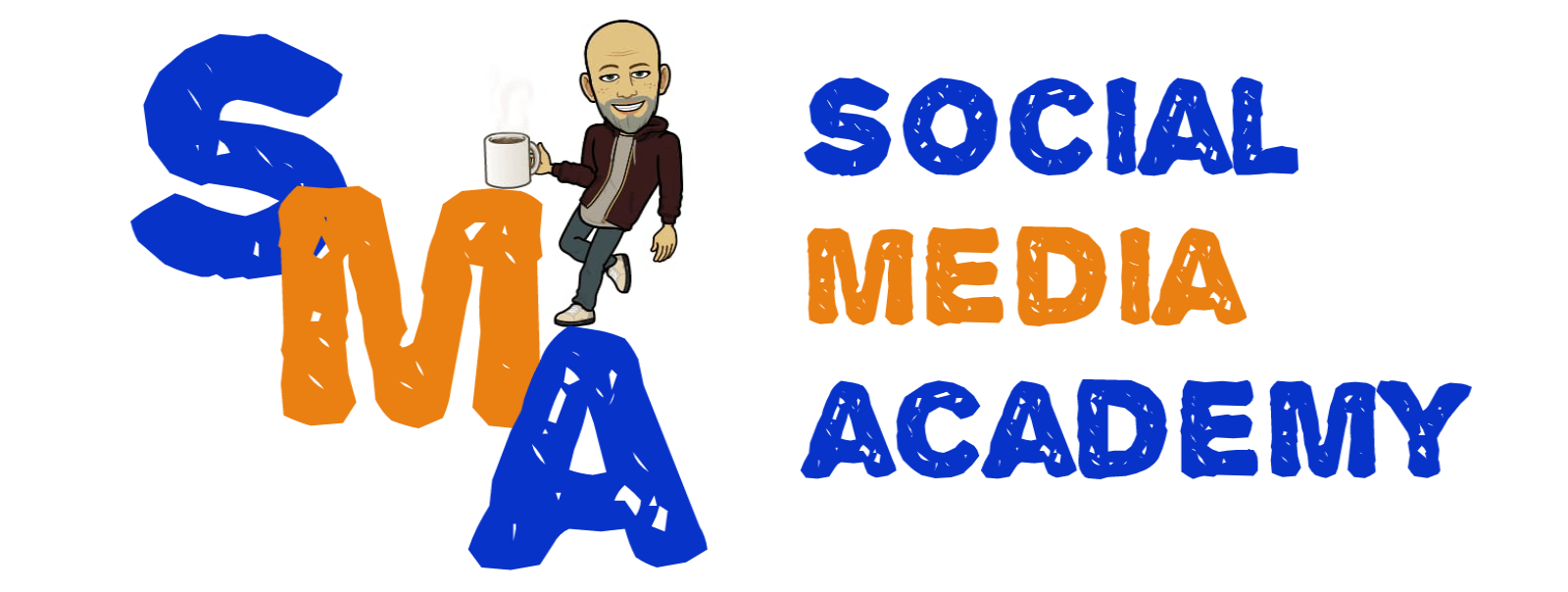OUR one page Marketing Plan
THE “BEFORE” PHASE
Before you can convert leads or delight customers, you must first capture their attention. This is the 'Before' phase, the crucial stage where you lay the groundwork for your entire marketing strategy. It's about understanding your ideal customer inside and out, crafting a message that resonates deeply, and positioning yourself as the solution to their specific problems.
This phase isn't about sales pitches or closing deals; it's about building awareness and creating a magnetic pull that draws potential customers into your orbit. By focusing on targeted outreach, irresistible offers, and strategic messaging, you'll build a solid foundation for the customer journey, ensuring that when they do encounter your brand, they're already primed to engage.
To get the most out of our marketing, we need to pick a few key things to really focus on. This plan will help us decide on three main areas – could be services we offer, products we sell, or just important topics people are interested in – and these will be what all our marketing will be about next month. This way, we know exactly where we're putting our efforts and make sure it actually makes a difference.
Knowing where our ideal customers hang out is dead important for choosing the right ways to reach them. Once we've picked those three focus areas, we'll have a think about where those specific people spend their time online and in real life. This means figuring out which social media sites they use, how we can get in touch with them properly (without being dodgy!), and what sort of blog posts they'd actually want to read. Getting our message in the right places means more people will see it.
To really connect with the people we want to reach, we need to talk their language. After we've decided on the three main things to focus on, we'll work out the best way to chat to each group. This means thinking about the words they use, the kind of vibe they respond to, and how we can build trust and get them interested. Speaking to them in a way that feels familiar will help them listen to what we've got to say.
During (Converting Prospects into Customers)
In the “during” phase, you’re dealing with leads. Leads are people who know you and have indicated interest in what you have to offer by responding to your marketing message. In this phase, you’ll capture these interested leads in a database system, nurture them with regular value-building information and convert them into paying customers.
The goal of this phase is to get your leads to like you and what you have to offer enough to buy from you for the first time. Once they’ve bought from you, they become a customer and enter the third and final phase of your marketing process.
THE “AFTER” PHASE
In the “after” phase you’re dealing with customers.
Customers are people who like you and what you have to offer enough to have paid you money at least once. In this phase, you’ll turn your customers into raving fans by delivering a world-class experience. You’ll then find ways of doing more business with them and increasing their lifetime value. Finally, you’ll create an environment where referrals continually come your way.
The goal of this final phase is to get your customers to trust you and buy more from you. This phase continues in an ongoing “virtuous cycle” where you deepen your relationship with customers, do more business with them and get more referrals.
